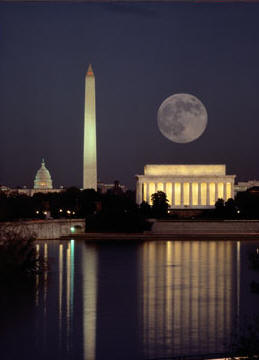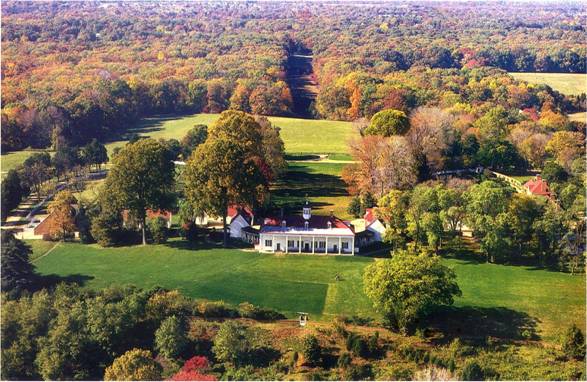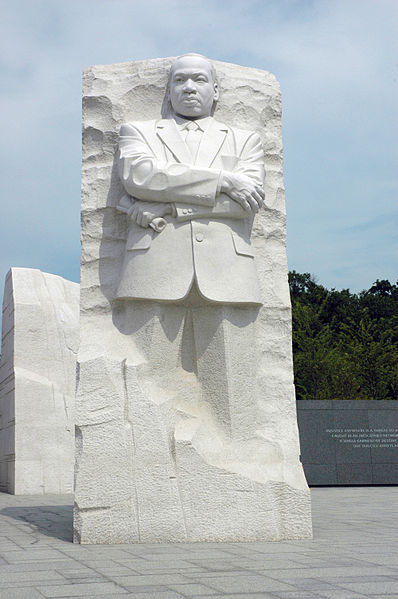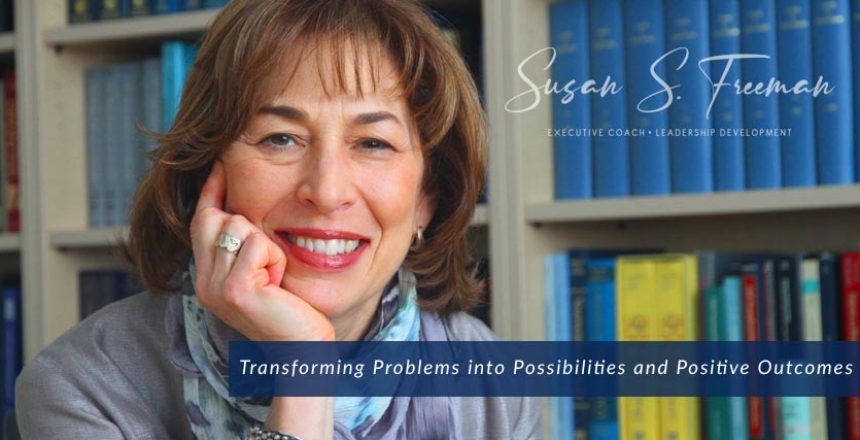 I was fortunate to once again visit Washington, D.C. over Memorial Day weekend. The city is beautifully laid out; an homage to leaders and visionaries in urban planning and design.
I was fortunate to once again visit Washington, D.C. over Memorial Day weekend. The city is beautifully laid out; an homage to leaders and visionaries in urban planning and design.
What struck me most was how much the architecture offers visual reminders far-reaching power, influence and leadership. Everywhere there are monuments to visionary leaders; memorials and tributes, walkways and parks, and museums to help remember the past so we can prepare for the future.
I visited two places that especially captured my attention. One is Mount Vernon, home of George Washington, and the other is the modern Martin Luther King Jr. Memorial. Both men have earned their place in history through the power of their vision, words and deeds. They changed the course of human history, not only in America but for people around the world.
What makes these two places extraordinary is that they offer visual and physical representation of their leaders’ legacies.
 George Washington’s home gave insight into his foresight about expansion for the American territory, his own careful cultivation of livestock and crops, providing optimal yield, yet nurturing the land through careful cultivation and rotation. He was the ultimate environmentalist, possessing a reverence for sustainably using the resources available while preserving their production ability for the future.
George Washington’s home gave insight into his foresight about expansion for the American territory, his own careful cultivation of livestock and crops, providing optimal yield, yet nurturing the land through careful cultivation and rotation. He was the ultimate environmentalist, possessing a reverence for sustainably using the resources available while preserving their production ability for the future.
Although he owned slaves, his views on slavery evolved throughout his life in public service. As he aged, Washington grew increasingly uncomfortable with the incongruity between his views on bringing about freedom for America while at the same time holding slaves of his own. At the end of his life and in accordance with his will, his wife Martha freed all of their slaves.
Although 175 years separated Washington and King, the latter was still fighting a battle for freedom. Despite the Civil War having ended slavery in the U.S., slavery’s lasting imprint remained. The inequality that existed during Washington’s time had not been replaced with equality and justice for all during King’s lifetime. Martin Luther King aimed to remedy that. He became the voice, the words, and the deeds to end enslavement of the human spirit based upon race.
 The monument to Dr. King depicts him rising out of an enormous boulder of stone that has been cut away and moved apart from two other large boulders representing a mountain. For me, it was a stark visual symbol of how the man literally moved the mountain. He stands atop the gigantic boulder separated from the mountain of the past, and proudly facing towards the Jefferson Memorial, representing the founding father whose vision was for a nation of free people.
The monument to Dr. King depicts him rising out of an enormous boulder of stone that has been cut away and moved apart from two other large boulders representing a mountain. For me, it was a stark visual symbol of how the man literally moved the mountain. He stands atop the gigantic boulder separated from the mountain of the past, and proudly facing towards the Jefferson Memorial, representing the founding father whose vision was for a nation of free people.
Although we can’t all have a physical structure in the form of a monument or memorial to represent how we led and influenced, we are nevertheless leaving non-physical representations every day.
The question for leaders is how do I want to be remembered? Do I know my “one big thing?”
Washington and King, separated by almost two hundred years, had similar ideals. They understood there was one big thing they were here to do. In spite of all the evidence, they acted as if failure was not an option. In so doing, they literally moved a country and its people forward in ways that could not have been imagined by many of their peers.
So what will make your leadership great? First you must know your “one big thing,” and then act in accordance with it as truth.
Washington and King made history shape to their vision and will; not the other way around.
What is your vision? How are you shaping it? Are your words and deeds congruent with your “one big thing?”
I invite you to share your “one big thing” so we can learn from and inspire one another. If you want help in removing any barriers to clarity or action, apply for a “Breakthrough Your Barriers” Strategy Session.


